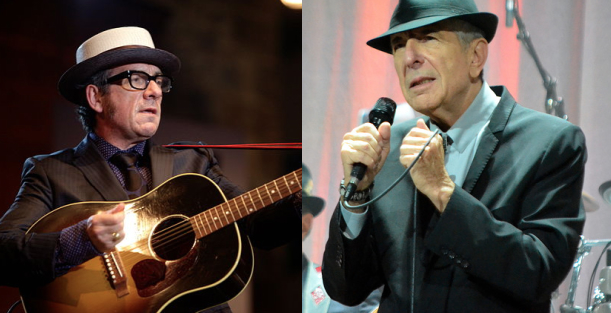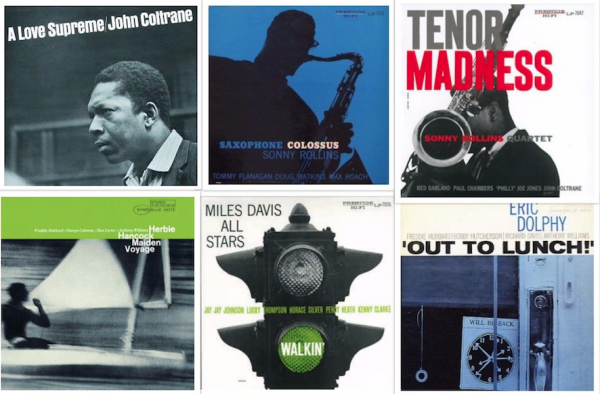You’re probably familiar with the scene in Milos Foreman’s Amadeus (or its brilliant 30 Rock parody). Thomas Hulce as the irreverent musical prodigy feverishly dictates the “Dies Irae” section of his final, unfinished Requiem Mass in D minor, conjuring it out of thin air. Mozart’s envious rival Salieri puts pen to paper, struggling to keep up (“You go too fast!”). The two composers hear exactly the same thing, the same piece of music the viewer hears playing. The Requiem flows through Mozart as though he were a divine avatar; we’re all supposed to hear it—the universal language of music, celestial and magnificent.
The cruel irony of the scene lies in its ability to convince us of just that, while showing us something far different. As his many perplexed moments demonstrate, Salieri doesn’t hear the music, he only sees Mozart’s gestures and hears him speaking a language most of us don’t know well, if at all. (It probably did not happen this way.) The sheet music in the film represents the music’s worldly mediation, through a language alien to the uninitiated, a collection of hieroglyphics as baffling as Cyrillic to the Telagu speaker and so on. But the uninitiated are rare. Most of us have had some musical education, however fleeting, whether at church, school, or home.
So none of us are Mozart—few of us are even Salieri—but we can all learn or relearn to decode and decipher the written language of music, even if we can’t hear it playing while we read it. As always, Youtube hosts its share of instructional videos of varying degrees of quality. The animated video at the top of the post might make the list of most entertaining, but bear in mind, it’s a tongue-in-cheek exercise, “a helpful guide created by an unqualified individual” (who initially declares himself a 12-year-old). Never had I seen an unreliable narrator in an instructional video before, but here you have it. On the whole, however, the video’s frustrated amateur creator Julian Cianciolo gets it right, and when he doesn’t, the few hundred musicians and teachers watching let him know. (Cianciolo promises to correct the bass clef in a follow-up.)
While Cianciolo gets to work on another video, you may want to check out some more straightforward resources. The playlist further up, from youcanplayit.com, offers a very thorough explanation of the staff, clefs, notes, time signatures, etc. It does not do so in the most exciting of ways, and many of its other lessons apply specifically to the piano or recorder. Just above, we have a lesson on the bass clef from the Music Theory Guy, who makes videos on, you guessed it, music theory, from beginner to advanced. His style is a bit more elliptical than that of youcanplayit, but his delivery more than makes up for it.
In a cheerful British accent, the Music Theory Guy gently coaxes us into a concept, like the bass clef, with simple but effective descriptions of the things around the bass clef. Another video, “The Importance of Middle C,” just above, does the same thing. These resources—even the fast-paced, deadpan “How to Read Sheet Music” at the top—all offer at the very least a refresher course on musical language comprehension. For many, they serve equally well as quality first introductions to musical symbols and some basic compositional theory.
Related Content:
“Hummingbird,” A New Form of Music Notation That’s Easier to Learn and Faster to Read
Paul McCartney Offers a Short Tutorial on How to Play the Bass Guitar
Josh Jones is a writer and musician based in Durham, NC. Follow him at @jdmagness



